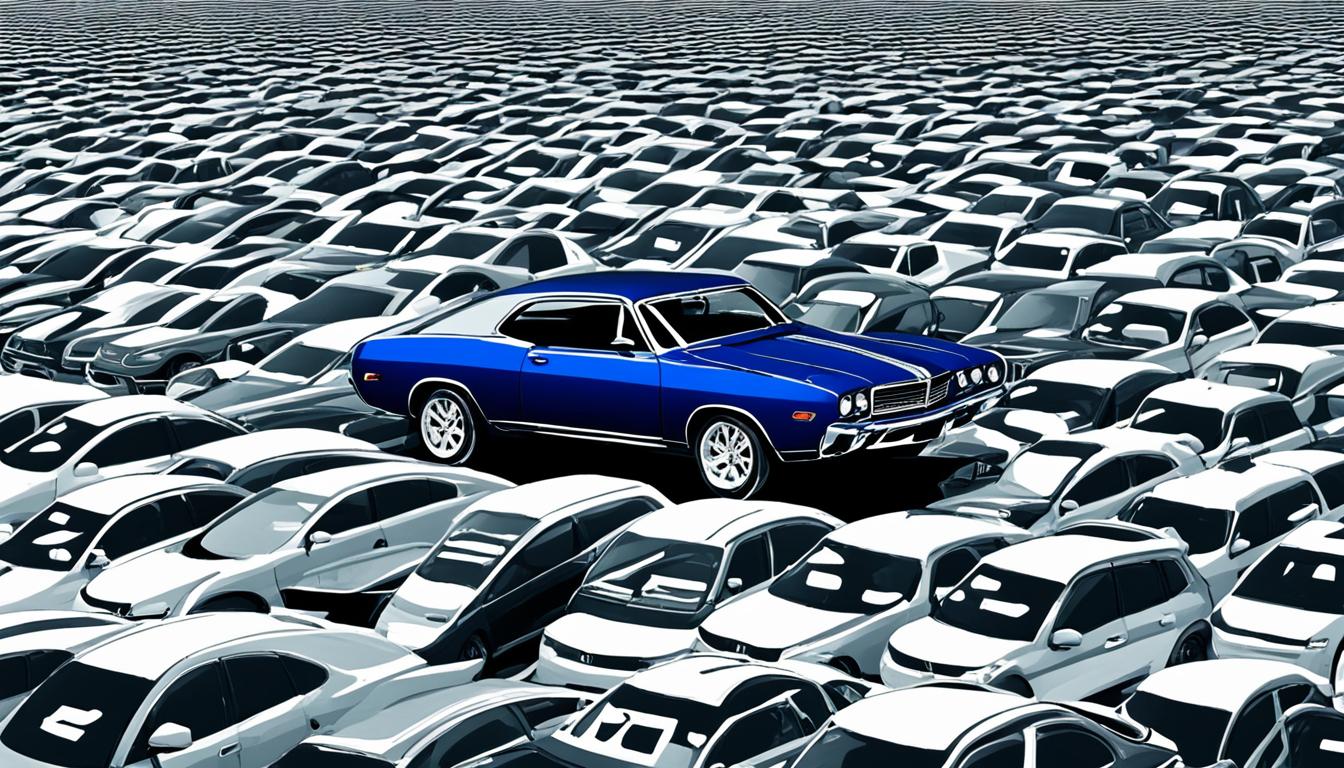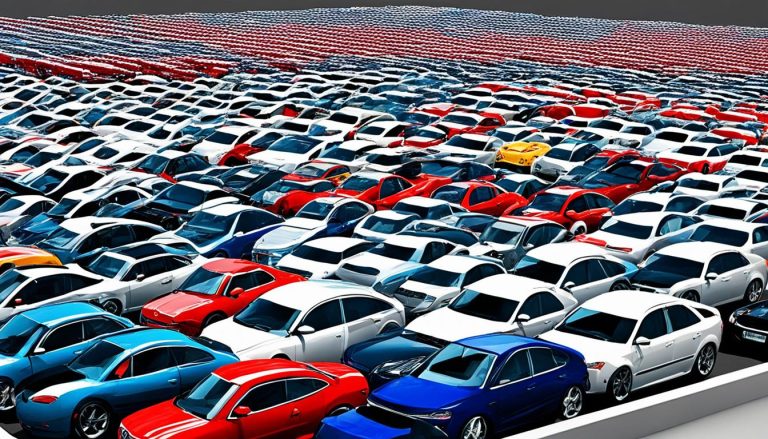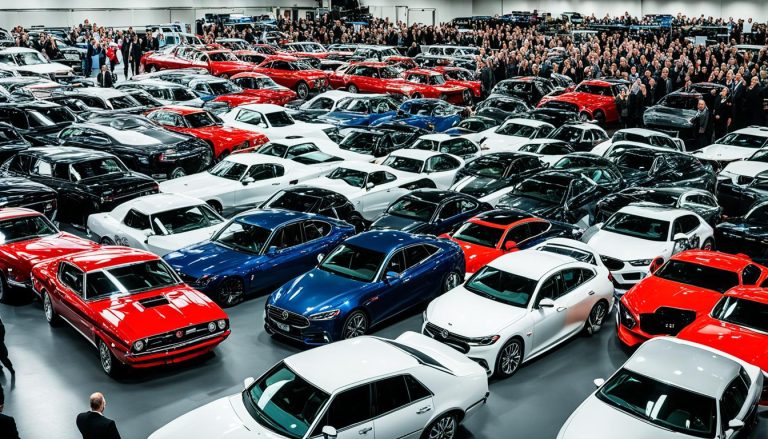What Does Stationary Mean in Car Auction
In the world of car auctions, it’s important to understand the various terms and conditions that may impact your buying experience. One such term is “stationary,” which holds significant importance during the auction process. In this section, we will delve into what exactly stationary means in the context of a car auction, providing you with a clear understanding of its implications.
When participating in a car auction, you may come across the term “stationary” while browsing through the available vehicles. But what does it actually mean? Essentially, a “stationary” car refers to a vehicle that cannot be driven or moved under its own power due to mechanical or structural issues.
The designation of a car as “stationary” serves as a clear indication to potential buyers that the vehicle will require significant repairs before becoming operational again. This classification differentiates these cars from those that are fully drivable and ready for immediate use.
Factors such as engine malfunctions, transmission failures, or extensive body damage can deem a car as stationary. It’s important to note that stationary cars can vary greatly in terms of repair needs, ranging from minor fixes to major overhauls. Thus, it’s crucial to carefully assess the extent of the required repairs before considering purchasing a stationary car at an auction.
Buying a stationary car at an auction can be a viable option for individuals with mechanical skills or access to affordable repair services. However, it’s essential to approach such purchases with caution and conduct thorough inspections to determine the practicality and cost-effectiveness of repairing the vehicle.
In the next section, we will explore the various factors that can influence the classification of a car as stationary in more detail, helping you gain a comprehensive understanding of this aspect of the car auction process.
Stationary Cars: The Definition
When participating in a car auction, you may come across the term “stationary cars.” But what does it actually mean? In the context of car auctions, the definition of stationary cars refers to vehicles that are not in running condition or capable of being driven. These cars are typically categorized separately from operational vehicles, requiring special attention from potential buyers.
Stationary cars are vehicles that are stationary, immobile, or not able to move under their own power. They may have mechanical issues, engine problems, or other factors that prevent them from functioning as normal. These cars often require repairs or restoration work to make them roadworthy again.
During auctions, stationary cars are generally sold “as-is,” meaning they are sold in their current non-operational state. Buyers should be aware that these vehicles may need substantial repairs and should factor in the cost of necessary repairs when bidding. While stationary cars may present challenges, they can also offer opportunities for those who have the knowledge and skills to undertake the required restoration work.
Understanding the meaning of stationary cars is essential for prospective buyers to make informed decisions during car auctions. Differentiating between stationary vehicles and those in working condition allows bidders to manage their expectations and budget effectively. By knowing the definition of stationary cars, buyers can assess the potential risks and rewards associated with purchasing these vehicles.
Stationary Cars in Car Auctions: Things to Consider
- Stationary cars may require significant repairs, including engine overhauls or replacement parts.
- Consider the cost of repairs and the availability of parts when evaluating the value of a stationary car.
- Professional inspection services can help identify potential issues and estimate repair costs.
- Do your research on the make, model, and year of the stationary car to understand common problems and the availability of spare parts.
- Consider your own mechanical skills and access to resources before bidding on a stationary car.
- Set a budget for repairs and have a clear understanding of the vehicle’s market value as-is and after potential repairs.
By understanding the definition of stationary cars and considering the factors associated with their purchase, buyers can navigate car auctions with confidence and make well-informed decisions. Stationary cars can offer an opportunity to acquire vehicles at a lower cost, but it’s important to weigh the potential costs and risks against the potential rewards.
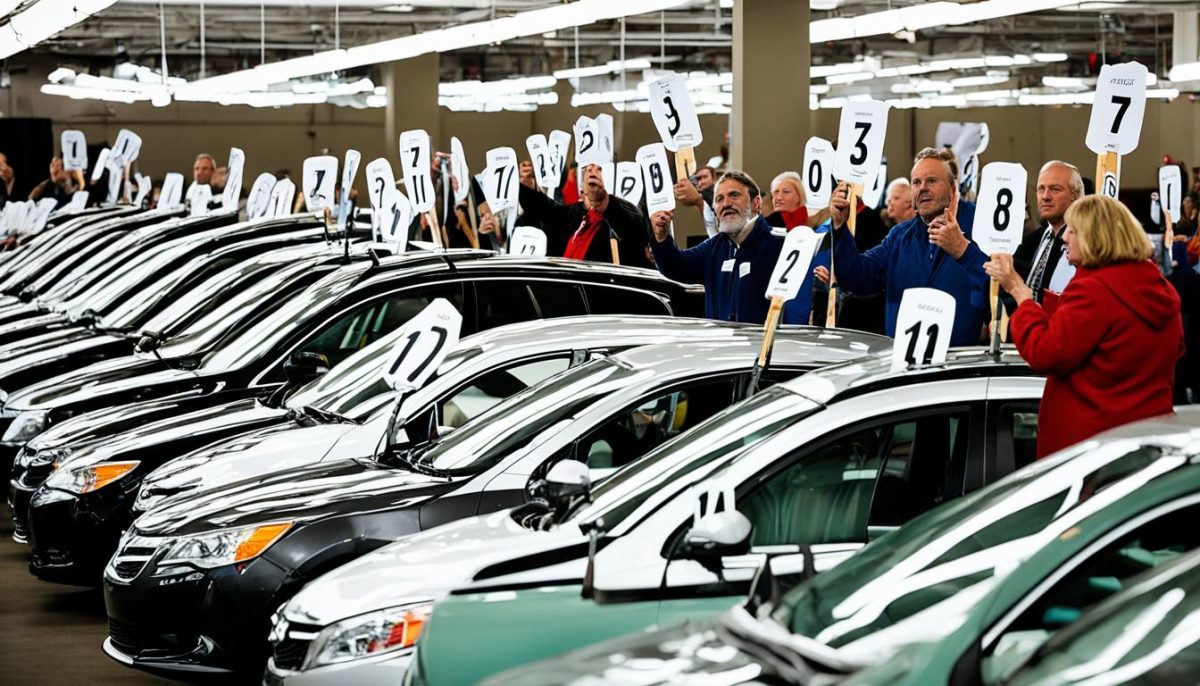
Stay tuned for section 3, where we’ll explore the various factors that can influence the condition of stationary cars in auctions.
Factors Influencing Stationary Cars
In the world of car auctions, certain factors can lead to cars being classified as stationary. Understanding these factors is crucial for potential buyers to make informed decisions. In this section, we will delve into the reasons why cars become stationary in auctions and explore how the condition of these vehicles impacts their value and bidding dynamics.
One of the primary reasons why cars become stationary in auctions is their overall condition. Stationary cars are often vehicles that require extensive repairs or have significant mechanical issues. These cars may not be in running or drivable condition, making them unsuitable for immediate use. The deteriorated state of these vehicles affects their marketability and can impact their value.
The condition of a stationary car is a key factor that influences its desirability and subsequent bidding competition. Buyers who are willing to undertake the necessary repairs or invest in refurbishment may be attracted to stationary cars as they offer the potential for cost savings compared to purchasing a running vehicle at higher price points.
Another factor influencing the stationary status of cars in auctions is the presence of cosmetic damage. Vehicles with extensive body damage, rust, or paint issues may not be suitable for immediate use, making them stationary during the auction. Buyers interested in these cars may be individuals who have the resources and expertise to restore their appearance or salvage parts for other projects.
The Impact of Condition on Stationary Vehicles
The condition of a stationary vehicle is closely related to its value and potential costs. While stationary cars can often be acquired at lower initial prices, buyers should consider the expenses associated with repairs, refurbishment, and replacement parts when evaluating their overall investment.
Buyers looking to purchase stationary cars should thoroughly inspect the vehicle’s condition before placing a bid. This includes examining the engine, transmission, suspension, brakes, and other mechanical components for any signs of damage or wear. Additionally, evaluating the extent of cosmetic damage and estimating the costs of repairs should also be taken into account.
It’s essential to strike a balance between the initial purchase price and the potential costs of repairing and restoring a stationary car. Conducting thorough research, seeking expert advice, and considering the feasibility of repairs can help buyers make informed decisions.
Understanding the factors that contribute to a car becoming stationary in auctions and recognizing the impact of its condition on value and costs allows buyers to navigate the auction process more effectively and make well-informed choices.
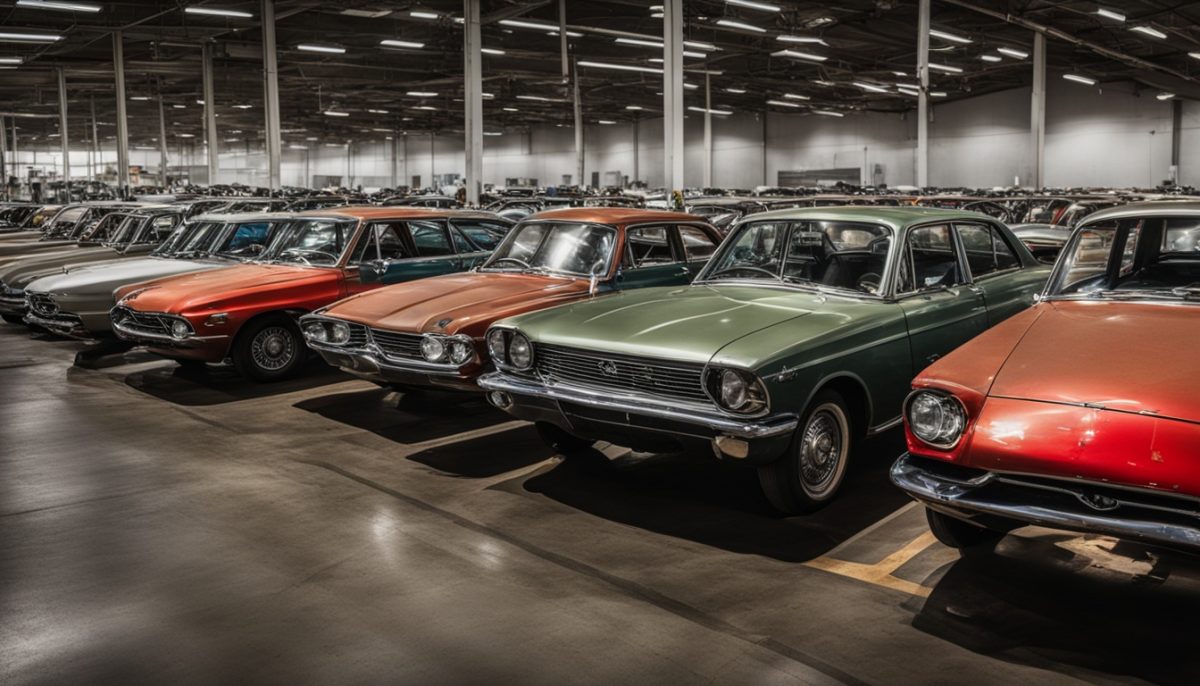
Tips for Buying Stationary Cars at Auction
Buying a stationary car at auction requires careful consideration and informed decision making. In this section, we will share valuable tips and strategies to help buyers navigate the process of purchasing stationary vehicles with confidence. These tips, incorporating considerations when buying stationary cars, will empower prospective buyers to make smart choices and maximize their chances of securing a quality vehicle.
First and foremost, conducting thorough inspections is crucial. Take the time to carefully examine the car’s exterior, interior, and engine condition. Look for any signs of damage or wear and tear that may affect its performance or value. Additionally, consider bringing a mechanic or expert with you to assess the car’s overall condition and identify any potential issues that may not be immediately visible.
Calculating repair costs should also be a top priority. Factor in the estimated expenses for fixing any existing defects or addressing maintenance needs. This will help you determine the true cost of the vehicle and avoid any surprises after the purchase. Remember to consider not only the parts and labor costs but also the availability of specific components, as some stationary cars may require harder-to-find replacements.
Lastly, keep in mind the potential limitations of stationary cars. Understand their specific purposes or functions and assess whether they align with your needs and expectations. For instance, if you are looking for a daily driver or a vehicle with high mobility, a stationary car might not be the most suitable option. However, if you have specific use cases in mind, such as using it as a static display or for parts, stationary cars can offer unique opportunities.

